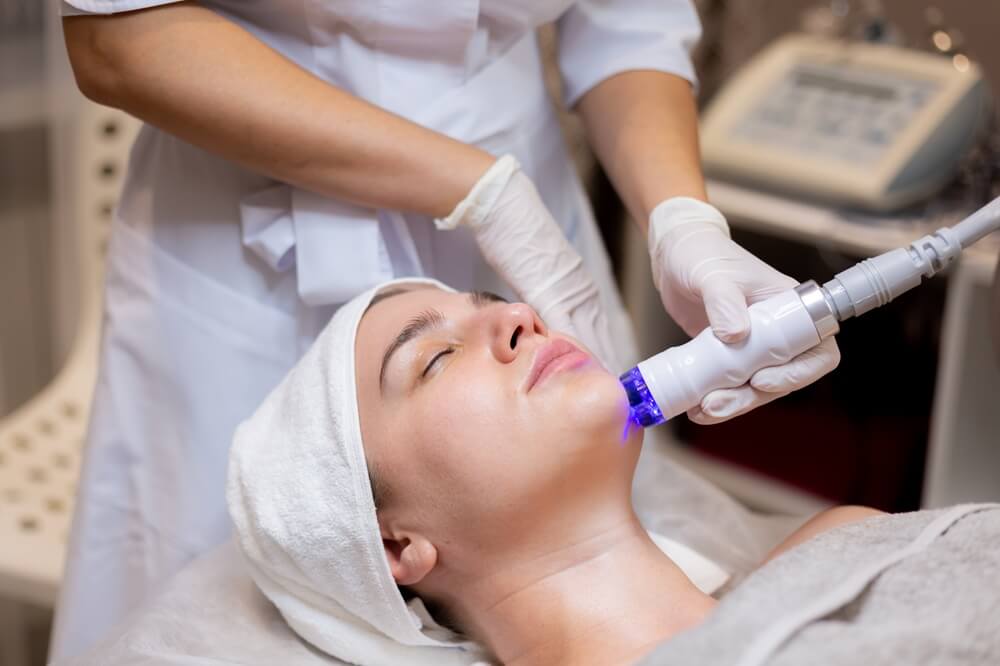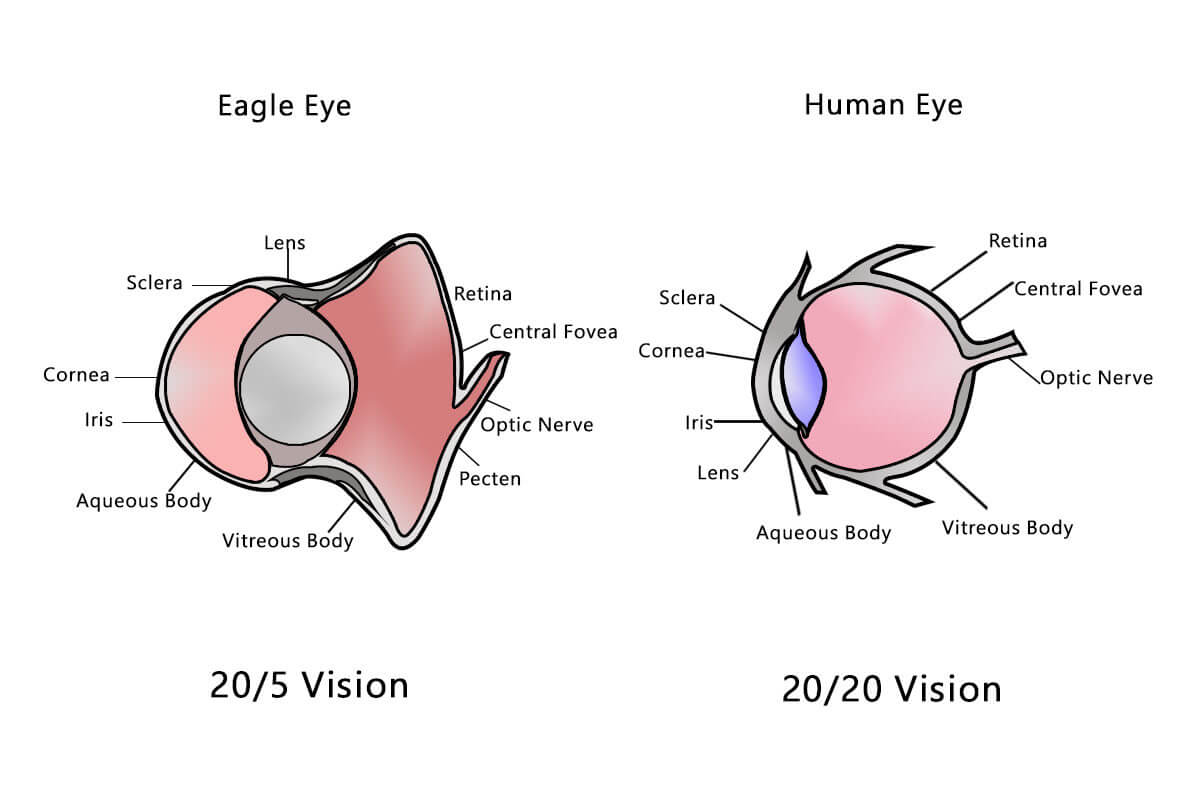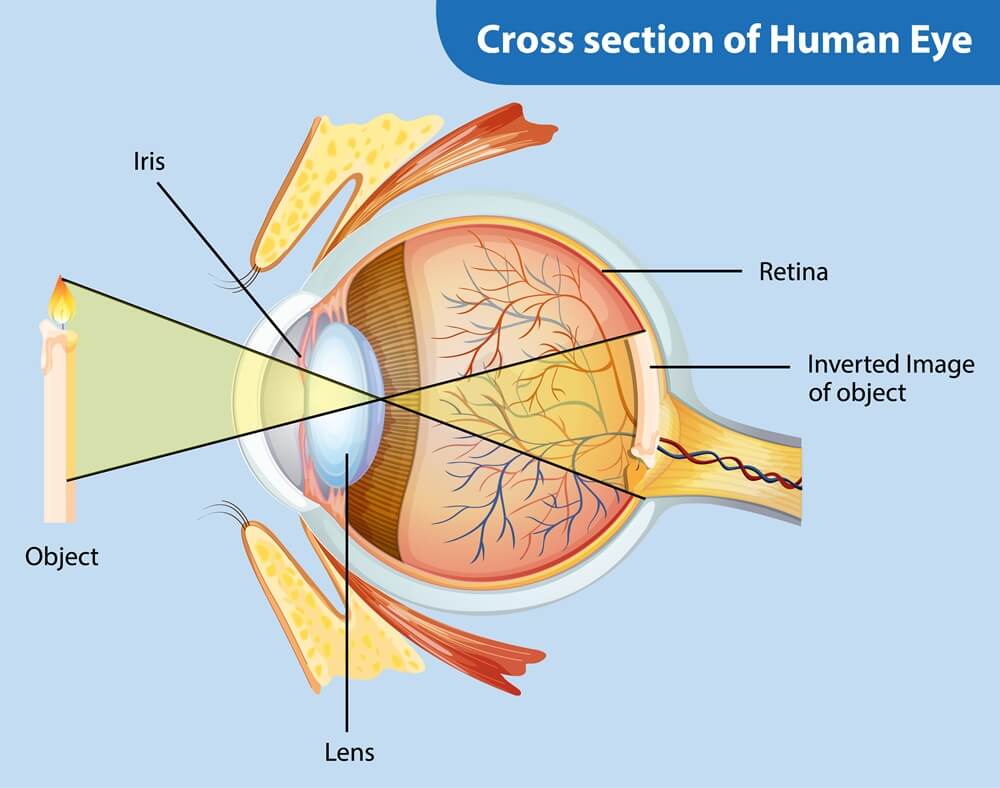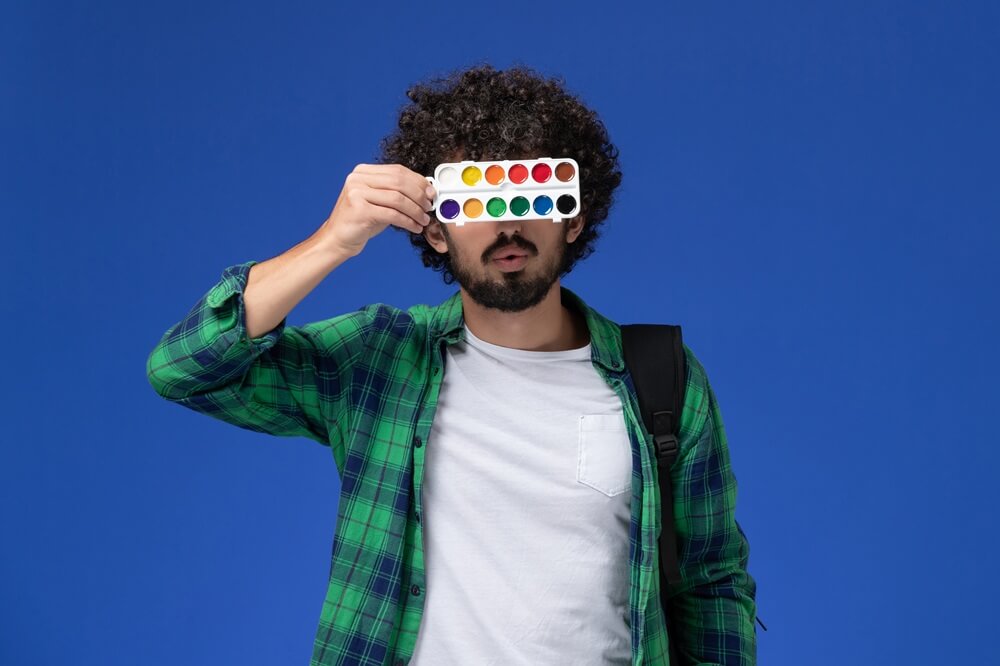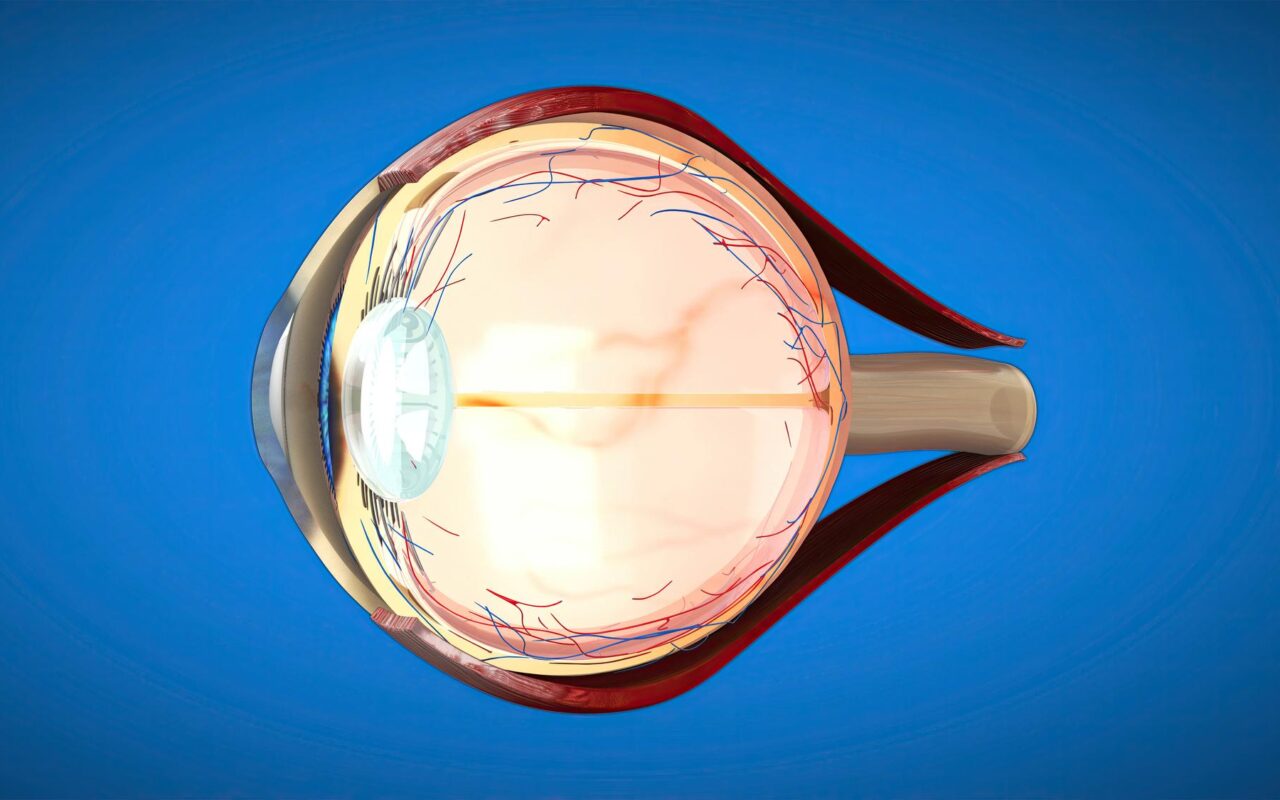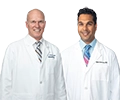There are a number of people suffering from glaucoma. Unfortunately there is no cure for this eye disease, but the good news is that it can be controlled through medication. The glaucoma treatment primarily focuses on lowering the IOP (intraocular pressure) to a level that doesn’t cause optic nerve damage. Elevated IOP damages the optic nerve significantly, which is why containing the pressure is critical. The pressure to be achieved is known as the ‘target pressure’ or ‘goal pressure.’ This varies from one person to the other, and it may change during the course of treatment.
The ophthalmologist will study your glaucoma symptoms and prescribe the medication accordingly to lower the pressure on your eye. In the recent years, there has been an increase in the choices for topical treatment of glaucoma – prostaglandin analogs and prostamides being two of them. A prostaglandin analog medication is a preferred choice of many doctors for treating any kind of glaucoma, including congenital glaucoma.
How Do Prostaglandin Analogs or Prostamides Work?
These medicines increase the outflow of aqueous humor, thus lowering the intraocular pressure. Aqueous humor is a fluid that the eye continually makes and is crucial for proper functioning of eye. These medications should be taken once a day.
What Kind of Medication Do Prostaglandin Analogs Include?
These medications comprises of:
- Latanoprost (Xalatanâ)
- Bimatoprost (Lumiganâ)
- Travoprost (Travatanâ)
Possible Side Effects of These Medications
Though most medications, including eye-drops, are safe to use – some may have side-effects. People may experience the following symptoms as side-effects:
- Redness of the eye
- Darkened or brown iris. The change gets noticeable only after a few months or years
- Irritation or itching in the eye
- Blurry vision
- Increased growth, thickness and pigmentation of the eyelashes
- Muscle aches and headaches though they are rare
- Darkening of the eyelid skin
It is advised that people with a history of eye problems such as uveitis, history of retinal swelling or ocular herpes infection use these medications with caution. If you suffer or have suffered from any kind of eye ailments, discuss with your doctor before proceeding with any kind of treatment for glaucoma treatment. It is important that you take your glaucoma medications regularly as prescribed for them to show the desired results.
Medication Tips
Before you start taking any medication that your ophthalmologist prescribes, you should understand certain things.
- The name of the medication
- How the medicine should be ingested or applied
- Frequency of medication
- The right manner to store it
- Possible side effects that you might face
- How to address these side effects, if you experience any
- What should be done if you miss a dose
How will these medications react with the medication of a different treatment you might be on. It is of utmost importance that your doctors know about the different medications that are prescribed to you. Include the non-prescription medications as well. This will help them in planning the appropriate treatment plan for you, without any risk of threatening medical problems or side effects.
If you or a loved one is suffering from glaucoma, then it is advisable to visit a doctor immediately to control the condition before it worsens any further. Even if you don’t have glaucoma right now but your family has a history of this ailment, you should get regular check-ups to detect it in the early stages. Once you are on medications, you have to be disciplined about taking them without fail.


